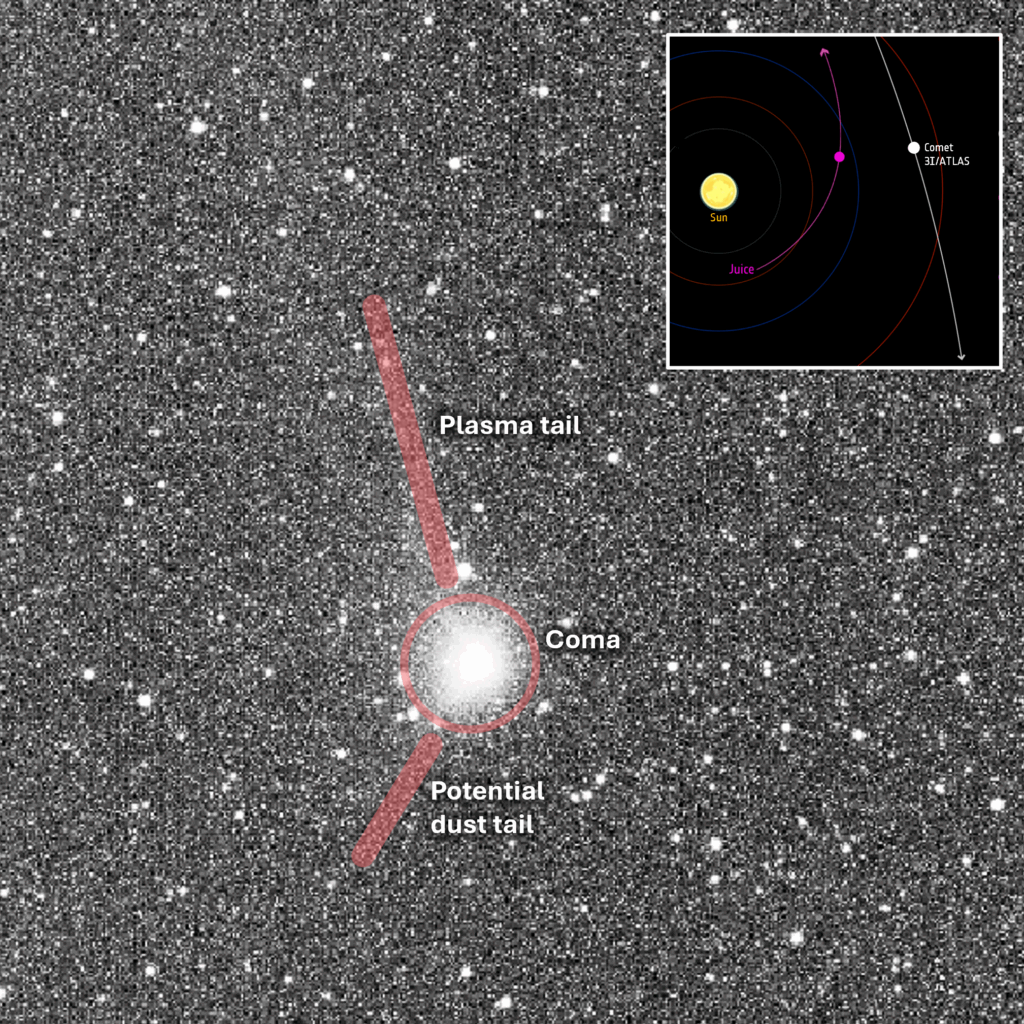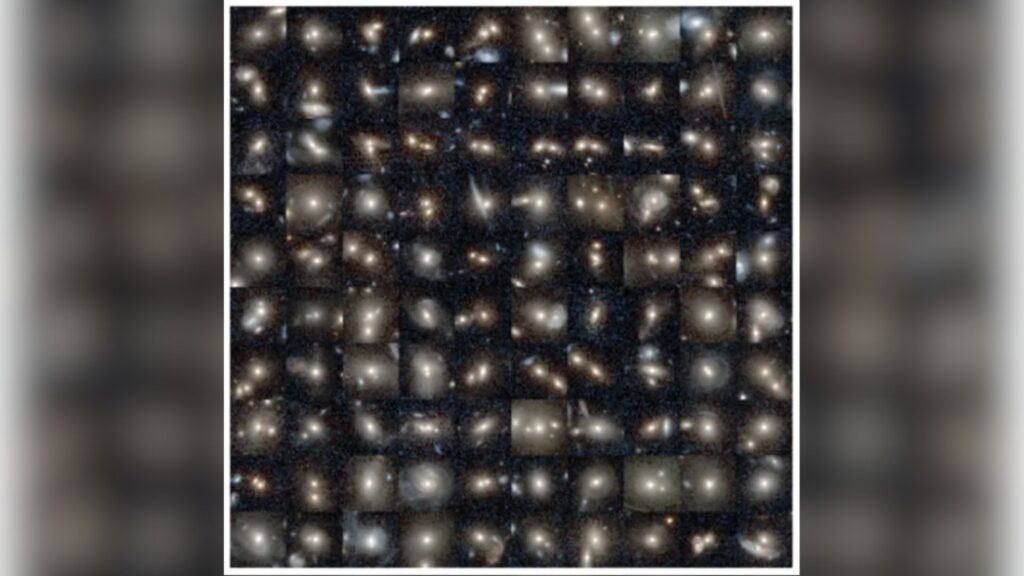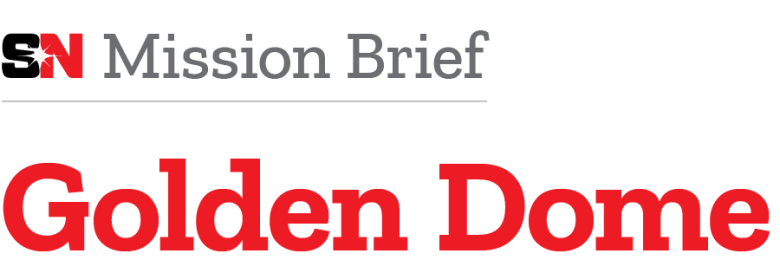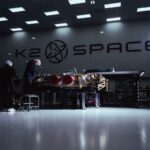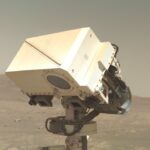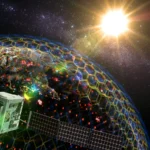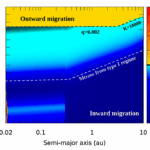Now Reading: See the moon rise alongside the giant planets Neptune and Saturn predawn on June 19
-
01
See the moon rise alongside the giant planets Neptune and Saturn predawn on June 19
See the moon rise alongside the giant planets Neptune and Saturn predawn on June 19
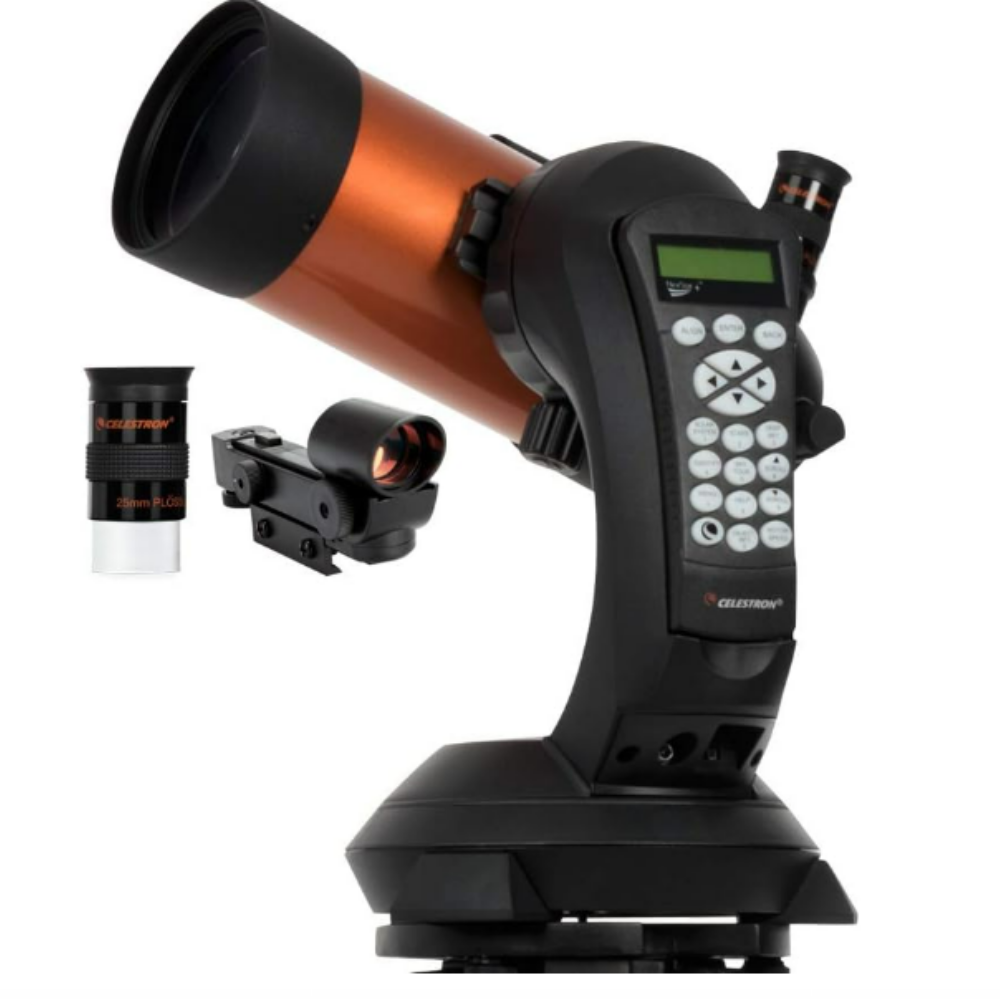
The half-lit lunar disk will rise alongside the ringed giant Saturn and dimmer Neptune in the early morning hours of June 19, putting on a spectacular show just six hours after the moon hits its third quarter phase.
Saturn, the moon and Neptune will be at their closest in Earth‘s sky at 9:11 p.m. EDT on June 18 (0111 GMT on June 19), at which time the trio will be separated by a mere 2.58 degrees while below the horizon for those in the U.S., according to stargazing website in-the-sky.org. Remember, it’s possible to measure distances by holding your hand at arms length against the night sky. The width of the tip of your little finger accounts for 1 degree in the night sky, while the width of your clenched fist measures roughly 10 degrees.
The best time to spot the solar system alignment will come during the early morning hours on June 19, at around 1:30 am EDT for viewers in New York, when the giant planets rise alongside the moon on the eastern horizon. The exact time that the trio will become visible will vary depending on your location, so be sure to check a trusted source such as the Stellarium smartphone app to get precise timings for your locale.
TOP TELESCOPE PICK:

Want to see planets in the night sky? The Celestron NexStar 4SE is ideal for beginners wanting quality, reliable and quick views of celestial objects. For a more in-depth look at our Celestron NexStar 4SE review.
The half-lit form of the third quarter moon will be the first to rise, with Saturn following shortly after, visible as a bright morning star a little under 4 degrees to the lower right of the lunar disk. The ice giant Neptune – too dim to spot with the naked eye – will be positioned roughly 1 degree to the upper left of Saturn and can be observed using a telescope with an aperture of 8-inches (200 mm) or greater, according to telescope-maker Celestron.
In the following days, Earth’s natural satellite will leave the giant planets behind as it tracks a path towards Venus, with its disk growing ever thinner as it approaches its new moon phase on June 25. Saturn and Neptune meanwhile will remain close to each other in Earth’s sky over the coming months.
Stargazers looking to explore the planets of our solar system for themselves should check out our guides to the best binoculars and telescope deals available in 2025. Photographers hoping to upgrade their gear ahead of the next celestial alignment should also read up on our roundups of the best cameras and lenses for astrophotography.
Editor’s Note: If you capture an image of the moon with Neptune and Saturn and want to share it with Space.com’s readers, then please send your photo(s), name, shooting location and comments to spacephotos@space.com.
Stay Informed With the Latest & Most Important News
Previous Post
Next Post
-
 012024 in Review: Highlights from NASA in Silicon Valley
012024 in Review: Highlights from NASA in Silicon Valley -
 02Panasonic Leica Summilux DG 15mm f/1.7 ASPH review
02Panasonic Leica Summilux DG 15mm f/1.7 ASPH review -
 03How New NASA, India Earth Satellite NISAR Will See Earth
03How New NASA, India Earth Satellite NISAR Will See Earth -
 04From Polymerization-Enabled Folding and Assembly to Chemical Evolution: Key Processes for Emergence of Functional Polymers in the Origin of Life
04From Polymerization-Enabled Folding and Assembly to Chemical Evolution: Key Processes for Emergence of Functional Polymers in the Origin of Life -
 05And Thus Begins A New Year For Life On Earth
05And Thus Begins A New Year For Life On Earth -
 06Astronomy Activation Ambassadors: A New Era
06Astronomy Activation Ambassadors: A New Era -
07SpaceX launch surge helps set new global launch record in 2024












